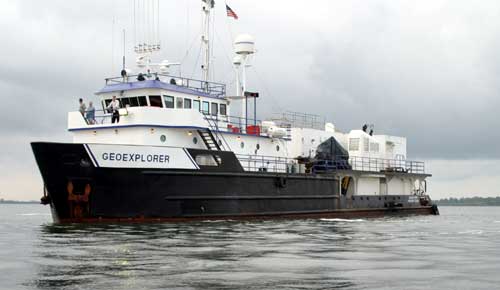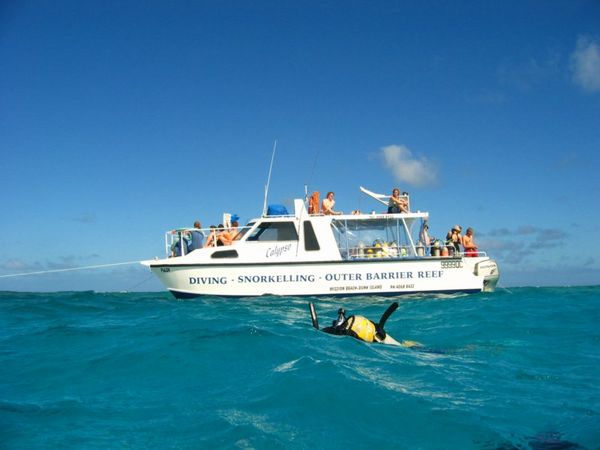Seamen injured on board vessels may be entitled to a wide array of economic and non-economic compensation from their employers and ship owners depending on the circumstances of each case.

NO-FAULT BENEFITS
Regardless of why a particular accident happens, every injured seaman is entitled to Maintenance & Cure benefits from his employer. These benefits are considered no-fault benefits, or benefits payable without regard to fault. Maintenance is the amount of money an injured seaman needs to sustain himself on land in a manner similar to how he was being sustained by the employer at sea. The primary elements of Maintenance are food and shelter. Employers try to pay pre-determined amounts, typically $20-$40/day, without regard to the actual facts. Employees can challenge the employer on the set amounts. For example, we recently represented an injured seaman who received $84/day. This was an unusually high amount that should not be viewed as anything other than an illustration of the point that the employer can be challenged and will sometimes voluntarily pay more than the industry standard. Interestingly, a seaman’s actual wages do not dictate how much the employer must pay, although it may influence how much the employer will pay. The reason for the higher payment is to offset the amount of money the employer may have to pay later on for past lost wages. (See below for a discussion of this element.)
Cure is medical care that is reasonable, related and necessary for the injuries.
The employer’s obligation to pay for Maintenance & Cure ends when the injured seaman reaches maximum medical cure. MMC is defined as the point beyond which there is no reasonable expectation of further medical improvement. Reaching MMC does not necessarily mean that the seaman has healed to his pre-accident state of health. MMC is determined by the treating doctor or doctors.
The third and final benefit available without regard to fault are the wages a seaman would otherwise have earned through the duration of the voyage but for the accident. In a recent case, we represented a gentleman who worked on a research vessel that was involved in projects at sea for months on end. Because he was injured during the early stages of a voyage and had to be evacuated from the vessel, as long as he remained unable to return to the vessel he was entitled to receive his full Wages.
It is not uncommon that the employer has to be sued to pay these benefits.
FAULT BASED COMPENSATION
Whether or not a seaman receives any other type of compensation for his injuries comes down to the question of whether or not there was any negligence on the part of the employer or vessel owner in causing the accident. If the answer is No, the seaman receives nothing more than the benefits described above.
Where fault is established, injured seamen may be eligible for one or more of the following types of compensation.
Past Wage Loss. The measurement of this damage element is the difference between the amount received in maintenance or contractual voyage payments and the wages the seaman would otherwise have earned but for the accident.
Future Lost Earning Capacity. This measure is somewhat trickier to calculate than the formula for past wage loss. It includes predictions and calculations regarding work restrictions, vocational qualifications, work-life expectancy, and present value. For example, in a case we handled involving a tri-level spinal fusion surgery, we argued that our 54 year old client would never again be able to work as a crewman, which would result in a total or at least a partial loss of wages over a work-life expectancy of 10 and 15 years.
Continue reading
 The Jones Act (46 U.S.C. § 30104) is the primary law used by seamen to recover compensatory damages from their employers for injuries sustained in accidents occurring on navigable waters. To recover under the Jones Act, an injured seaman must prove that employer negligence caused the accident. This means that the Jones Act is not a no-fault system for recovering compensation.
The Jones Act (46 U.S.C. § 30104) is the primary law used by seamen to recover compensatory damages from their employers for injuries sustained in accidents occurring on navigable waters. To recover under the Jones Act, an injured seaman must prove that employer negligence caused the accident. This means that the Jones Act is not a no-fault system for recovering compensation.  Florida Injury Attorney Blawg
Florida Injury Attorney Blawg




